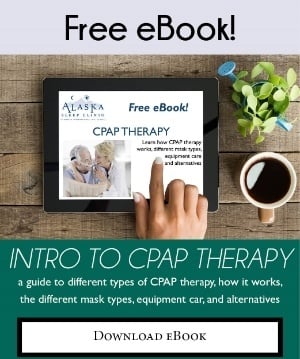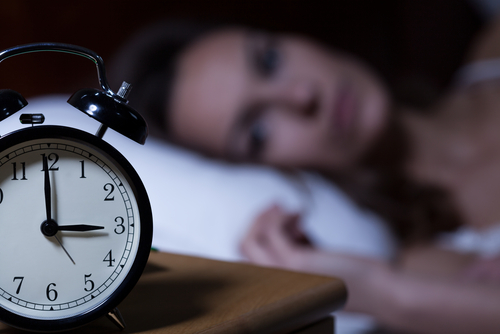Mattress Mayhem: Purchasing the Bed of Your Dreams
Toss and Turn to a New Mattress
When you are tossing and turning at night, what pops into your mind as the reason? A lot of times, we are riddled with to-do lists when we put our head to the pillow. Some may have a partner who snores keeping you up at all hours. Others may struggle with kids climbing into bed after a nightmare.
Whatever the reason, it is important to understand why you wake up sore, tired, and irritable wondering if you even slept all night. One of the first places to consider is your mattress with asking yourself a few questions:
- When did I purchase my mattress?
- Is it large enough for me and my partner?
- How has my body changed since buying my current mattress?
- Do I sleep better when away from my own bed?
When considering everything that goes into a restful night’s rest including the proper amount of hours, ambiance, and preparation before bedtime, the mattress is the glue holding it all together from here. Is it time for a new mattress? Let’s take a closer look at these questions so you use up your yearly 3,000 hours on a mattress that is right for you.
The Last Purchase
According to a 2012 National Sleep Foundation’s Bedroom Poll, 93 percent of Americans rated a comfortable mattress as an important ingredient to a restful night’s sleep. The first thing to look for are stains, rips, and sags in your mattress. If you find even one of these issues, it is time to consider a new mattress.
There are many statistics supporting a new mattress after 7 years lying on the same bed. Known as the seven-year itch, investing in a new mattress may depend on the quality of the original purchase. Was it the newest model on the market? Did you buy box springs on clearance? How was the state of your health at the time of purchase? Rule of thumb: if you do not remember the last time you purchased a mattress, it is probably time to start shopping for a mattress.
Size Matters
Understanding what size mattress you need to purchase towards a better night’s rest starts with the size. Do you sleep alone? Are you on a full with your partner and ready to upgrade? Do you hog all the covers at night? It may all stem from the mattress size. The Better Sleep Council helps purchasing a mattress size right for you and your family a breeze.
If you are tall and sleeping on a twin or a full-size mattress, you probably need to upgrade to a twin XL or queen depending on the available space. A twin XL grants five extra inches to the length and serves as a common dormitory size at colleges. But a queen offers seven additional inches wide and five inches long for partners needing some extra space.
Though the queen is the most popular size on the market, those with young children, larger body frames, or sheet-stealers may want to upgrade to a king or California king. So what is the difference?
If 60 inches width will not cut it, purchasing a king offers 16 additional inches across and provides the same length as a queen. But a California king is the longest bed on the market at 84 inches long. Common among professional athletes and taller individuals, the California king is especially popular in homes with large master suites.
Both kings offer more personal space; just because you are married to your best friend doesn’t mean everyone wants to cuddle all night. This offers the extra space where you are free to steal as much as the covers as you choose.
Body Changes
Barring a life event that has caused traumatic stress to your body, it is normal for your body to subtly go through changes. Some start as tummy sleepers and switch to the back. Others adjust to the side after a pregnancy encourages side sleeping for better blood flow.
As you enter the n-REM stage one of sleep, you are still awake but are fading as your muscles relax and your brain starts to rest. Moving into stages two and three, the muscles relax more deeply into repairing and growing. Your body’s immune system builds while your blood pressure lowers. With many people not understanding the full benefits of a good night’s sleep, this alone should peak your interest into reasons you are not well-rested in the morning.
And body changes do not mean you have to endure significant back or hip issues to consider a mattress switch. Dust mites and allergens in an older mattress may adversely affect your body as well. A mattress cover alone can help protect the mattress to last longer and help fill your night with sleep versus sneezes.
The Right Type of Mattress
If you find yourself checking mattress tags at hotels or a family member’s house, you probably have found a mattress better than your own.
We’ve talked about sizes but what about firm? Medium firm? Latex? Memory foam? Pillowtop? The list is sometimes more tiring than the lack of sleep you are lacking! Here is a breakdown of the most common types of mattress to find your right fit.
Health Problems
- Memory Foam or Latex is your best choice. Sleep.org differentiates the two depending on the contour of your body. “Memory foam mattresses are made up of different densities of foam that contour to your body, while latex mattresses are made of rubber that provides firm, consistent support throughout the bed. Both can be found as toppers for any mattress.”
- Purchase memory foam if you suffer muscle ache or fatigue as the foam shapes to your body.
- For back issues, latex serves the client needing a firmer feel.
Partner Battles
- If you and your partner cannot agree on the right mattress, think about an air mattress. And not the type that come in a box to blow up for an overnight guest. Some mattress models contain mechanical air features to allow different levels of firmness.
- With the average person shifting 40-60 times a night while sleeping, consider the stabilization of the mattress. Consumer Reports rates and reviews mattresses that serve couples best while searching for a healthy night’s rest.
Here is the good news: mattresses have trial periods. Take advantage of the hunt for a mattress by doing your homework and purchasing from a store or online that has an easy return policy. Some offer trial periods up to a year if you are not fully satisfied.
Once you have found THE mattress, visit the SleepSources website to discover which bed frames will work best with your mattress choice to create the best bedroom sancuary of comfort and restful nights.
To discover if there are underlying causes to your lack of sleep, contact the Alaska Sleep Education Center for a free 10 minute phone consultation. And if you live in the state of Alaska, our board-certified sleep specialists can even make a Home Sleep Test work for you by calling 1-855-AKSLEEP.




